Why Is My Building Cracking?
Why Is My Building Cracking?
The structural design and analysis of all buildings are crucial to the service life of the structure. The design and analysis of the foundation system are equally important to provide support to the building. However, more often than not, an adequate investigation, design, and preparation of the ground where the structure and its supporting foundation system are to be built are not taken into consideration. The lack of an adequate geotechnical investigation and the improper site preparation results in expensive damages to buildings that typically manifest as a result of soil settlement.
Most soils settle to some extent. The rate and magnitude of the settlement are dependent upon various factors, including the soil type, soil density, applied loads, moisture content, foundation system, and the presence of organic materials.
The main factor for high moisture content in the soils is improper surface drainage. Current Building Codes require that lots drain surface water away from foundation walls. Improper grading of the lot can result in surface water draining against the building resulting in settlement of the patio slabs around the building, and cracking of the brick veneer, as shown below:
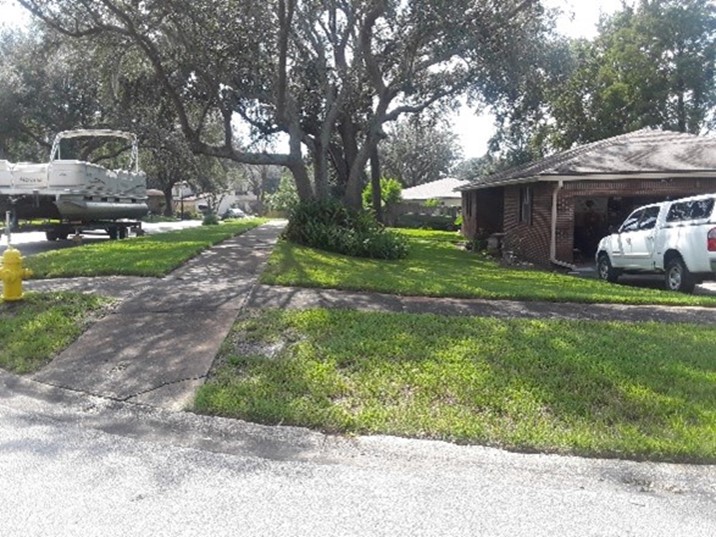
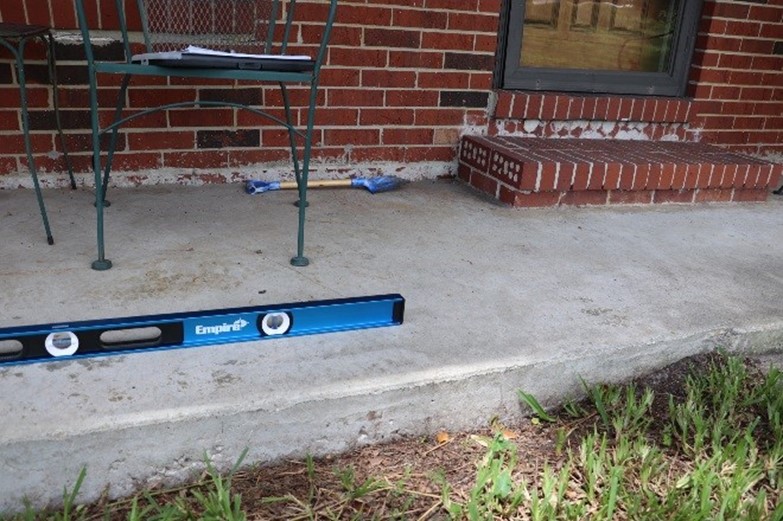
Prolonged elevated soil moisture degrades the soils’ load-bearing capacity which results in soil settlement. The reduction of the soils’ load-bearing capacity has a direct effect on the foundation system, as shown below:
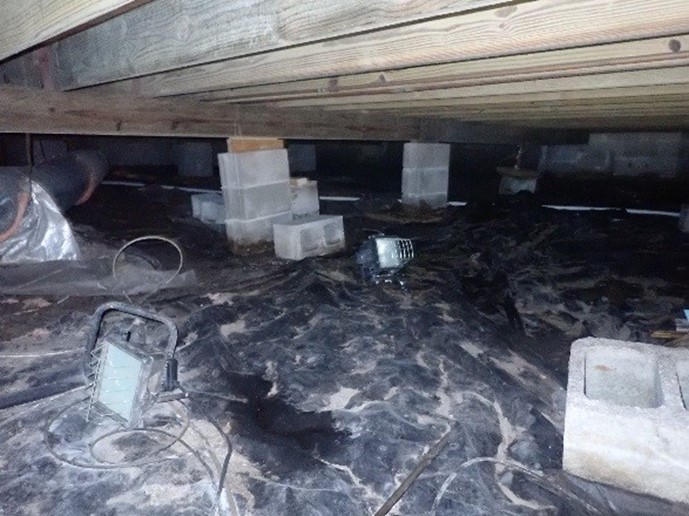
An adequate geotechnical investigation should be completed prior to the construction of a new structure or addition. The information gathered by the geotechnical investigation includes the soil type, soil density, and if organic materials are present. Preparation of the soils is important to provide adequate support for the future structure. Improper site preparation, which is overlooked by property owners occasionally, can result in half of your building settling, as shown below:
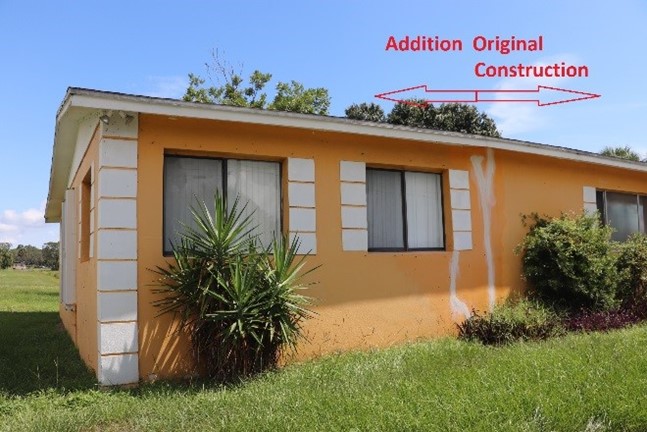

The typical indication that a building has undergone soil settlement consists of the stepped cracks that are observed on concrete block walls, as shown below:
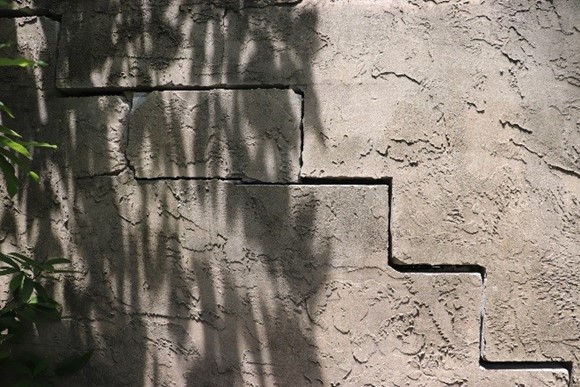

Concrete patio slabs are regularly damaged, in the form of cracks, as a result of soil settlement, as shown below:
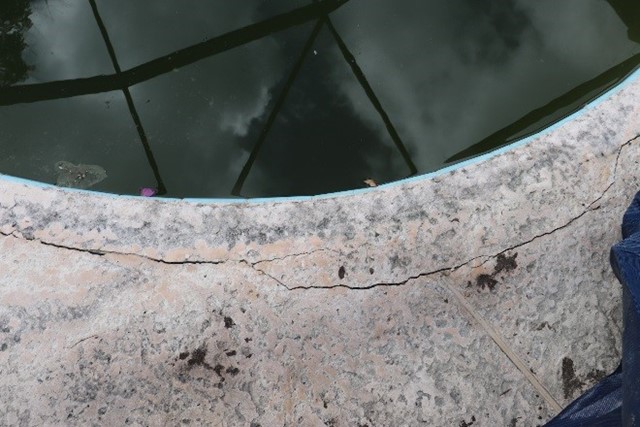

In a past case, after the building and patio slab had cracked and displaced downwards, an investigation of the subsurface conditions was completed. To the surprise of the property owner, the geotechnical investigation discovered debris that included wood, concrete, and asphalt at a depth between 5 feet and 10 feet below the building, as shown below:

As shown in the previous examples, the proper geotechnical investigation and site preparation are the cornerstones to provide adequate support for structures. High moisture content in the supporting soils as a result of improper surface drainage can result in expensive damages that could have been prevented.
About the Author
Sergio G. Arratia, P.E., M.S.C.E. is a Consulting Engineer in our South Florida Office. Mr. Arratia provides consultation related to construction evaluation of residential and commercial structures, failure analysis, evaluation of scope and cause of damage to structures, wind and hail damage assessment, water intrusion investigation, remediation analysis, structural load analysis, and structural design analysis. You may contact him for your forensic engineering needs at sarratia@edtengineers.com or 954-743-4500.
Learn about how EDT Forensic Engineering & Consulting approaches construction assessments, scope of damage, and forensic engineering by assigning a file today.

